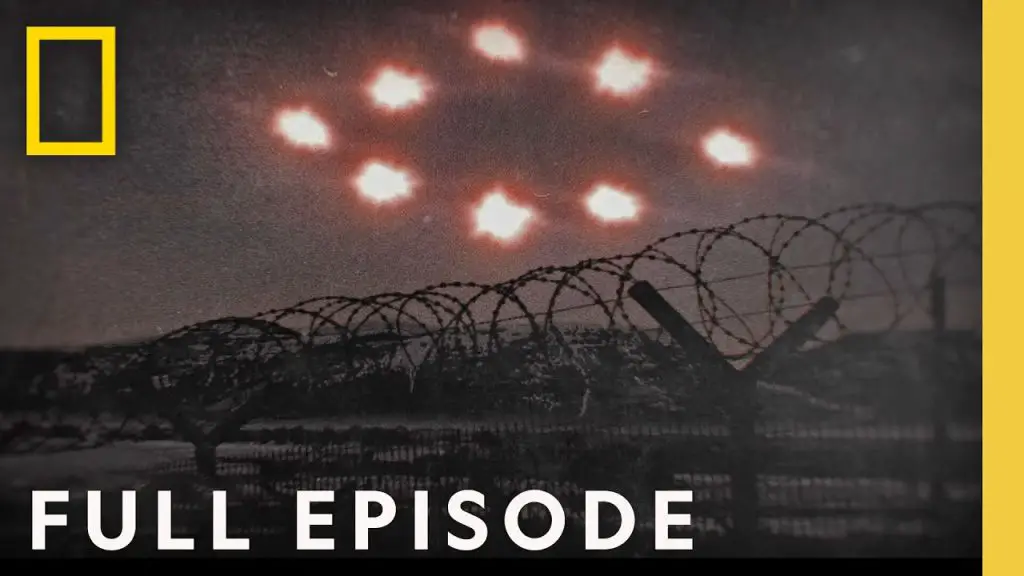
In 2015, a significant event marked a turning point in the discourse surrounding unidentified flying objects (UFOs) – the government broke its silence. Navy pilots reported perplexing encounters with UFOs off the coast of Virginia Beach, igniting a flurry of speculation and debate within both military and civilian circles. These encounters, characterized by the pilots as objects with no wings, no cockpit, and no visible means of propulsion, spurred a reassessment of the UFO phenomenon.
Lieutenant Ryan Graves, a Navy pilot with over a decade of service, recounted his experiences aboard the USS Theodore Roosevelt. He described radar contacts that defied conventional explanation, prompting his squadron to file safety reports. Graves’ testimony, along with numerous other pilots, shed light on a pattern of encounters with unidentified aerial phenomena that persisted over months and years, occurring almost daily in some cases.
The stigma surrounding UFO sightings, often dismissed as hallucinations or ignored to protect careers, began to erode as more pilots came forward with their testimonies. Despite the risk to their professional reputations, these pilots emphasized the importance of addressing the reality of what they were witnessing. The prevailing sentiment among them was clear – the truth could not be muzzled, especially when it posed potential safety risks in the skies.
The government’s acknowledgment of UFO encounters was underscored by the revelation of the Advanced Aerospace Threat Identification Program (AATIP), initiated in 2007 and funded by the Department of Defense. This program, previously shrouded in secrecy, signaled a shift towards a more transparent approach to investigating UFO sightings. The release of footage captured by military aircraft, accompanied by firsthand accounts from experienced pilots, provided undeniable evidence of the existence of unidentified aerial phenomena.
The New York Times’ groundbreaking article in 2017 further propelled the UFO discourse into the mainstream, revealing the ongoing efforts of the US government to study and understand these phenomena. Former Senator Harry Reid played a pivotal role in catalyzing government interest in UFOs, advocating for official disclosure and transparency. His efforts, along with those of other government officials, culminated in the establishment of the Galileo Project, a scientific initiative aimed at studying UFOs with rigor and objectivity.
Don’t forget to follow us on Youtube for the latest UFO videos.
Link: youtube.com/@LUFOS-UFO
The recent Congressional hearings on UFOs marked a historic moment, signaling a renewed commitment to transparency and accountability. Witnesses from the Pentagon and Naval intelligence testified before Congress, acknowledging the reality of UFO encounters and the potential national security implications. While the hearings fell short of providing definitive answers, they underscored the need for further investigation and collaboration between government agencies and the scientific community.
The Galileo Project, spearheaded by astrophysicist Professor Avi Loeb, represents a groundbreaking effort to study UFOs using scientific methodologies. By deploying advanced sensor systems and artificial intelligence, the project aims to gather empirical data on unidentified aerial phenomena and analyze them with rigor and objectivity. This interdisciplinary approach, supported by leading scientists and researchers, holds the promise of unlocking the mysteries surrounding UFO encounters.
In conclusion, the government’s acknowledgment of UFO encounters represents a significant step towards understanding the unknown. By shedding light on these phenomena and initiating scientific inquiry, we move closer to unraveling one of the greatest scientific mysteries of our time. The journey towards understanding UFOs is fraught with challenges, but with transparency, collaboration, and scientific rigor, we may finally uncover the truth behind these strange encounters.


Leave a Reply